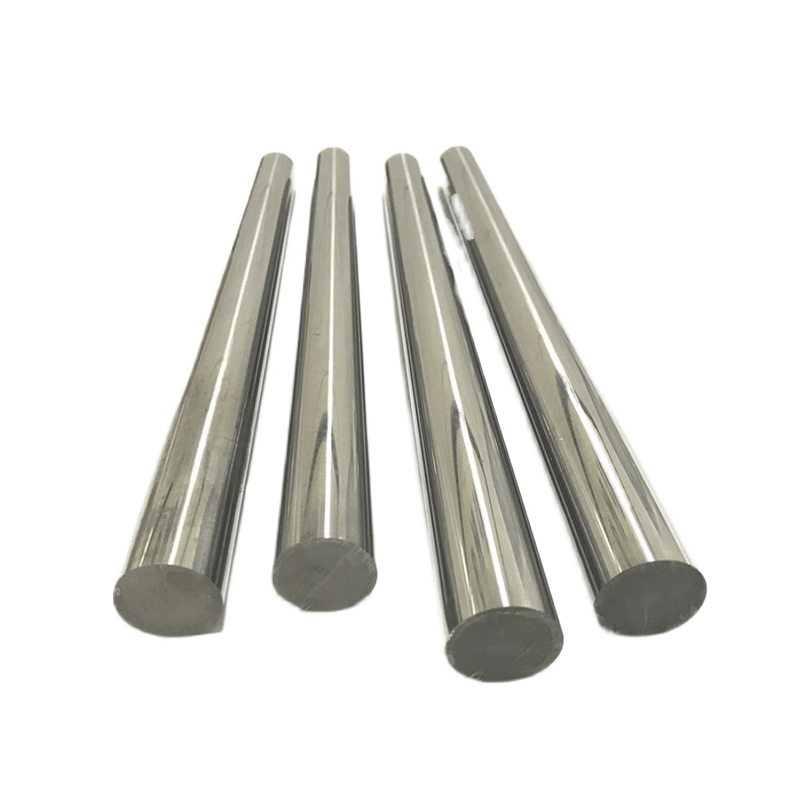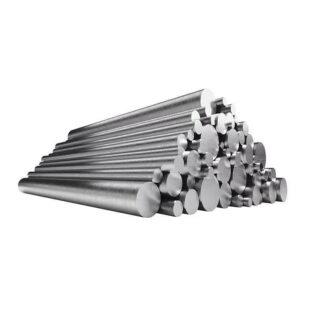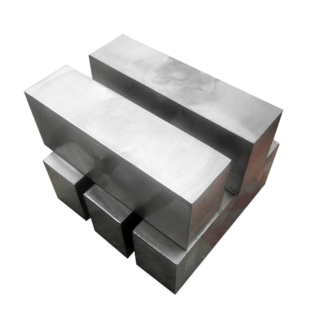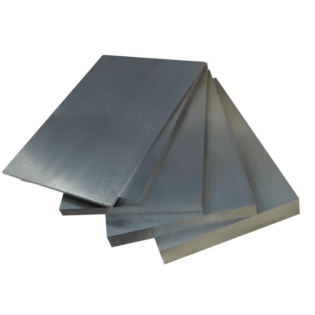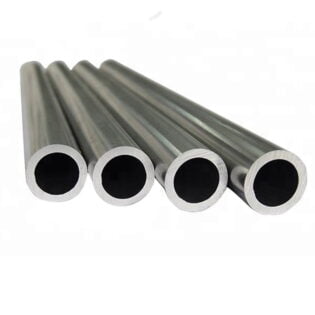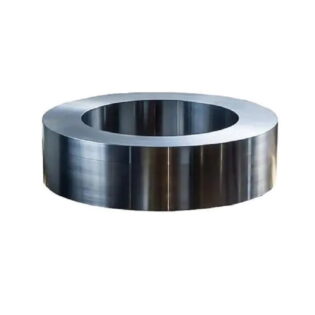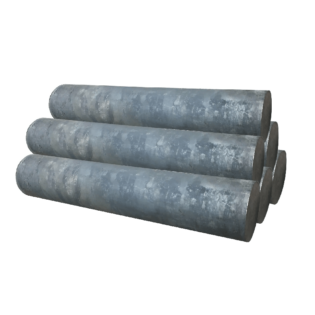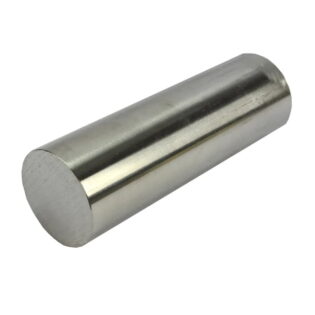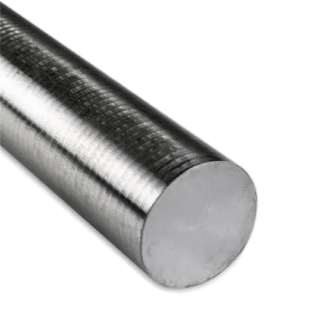Hastelloy C-4 Description
Hastelloy® C-4 is a grade of Hastelloy® which is a nickel-molybdenum alloy. There are many different grades of Hastelloy®, which includes C-4. Grades of Hastelloy® have each been optimized for a specific purpose. Molybdenum makes Hastelloy® harder and stronger at high temperatures. This alloying element and the characteristics it imbues into the material also makes it great for welding applications. These nickel alloys are easily fabricated and formed. They also exhibit good ductility and are able to be cold worked.
All grades of Hastelloy® are considered to be a corrosion resistant alloy because each grade exhibits superior resistance to various corrosive environments. Hastelloy® has outstanding resistance to highly oxidizing corrosives such as oxidizing salts and reducing agents, making it a great alloy to specify for applications used in moderate to severe corrosive environments.
Hastelloy C-4 Nickel Based Superalloy
Hastelloy C-4 is an austenitic low-carbon nickel-molybdenum-chromium alloy. The main difference between Hastelloy C-4 and other alloys of similar chemical composition developed earlier is the low carbon, silicon, iron, and tungsten content. Such a chemical composition makes it exhibit excellent stability at 650-1040°C, improves the ability to resist intergranular corrosion, and can avoid edge line corrosion sensitivity and weld heat-affected zone corrosion under appropriate manufacturing conditions. Hastelloy C-4 has excellent corrosion resistance to most corrosive media, especially in the reduced state. It has excellent local corrosion resistance among halides.
Hastelloy C-4 welding can be welded by various welding processes, such as tungsten electrode inert gas shielded welding, plasma arc welding, manual sub-arc welding, metal inert gas shielded welding, and molten inert gas shielded welding. Priority is given to pulse arc welding. Before welding, the material needs to be annealed to remove oxide scale, oil stains and various marking marks. A wide range of about 25mm on both sides of the weld needs to be polished to a bright metal surface.
HASTELLOY C-4 alloy is a nickel-chromium-molybdenum alloy with outstanding high-temperature stability as evidenced by high ductility and corrosion resistance even after aging in the 1200 to 1900°F (649 to 1038°C) range. This alloy resists the formation of grain-boundary precipitates in the weld heat-affected zone, thus making it suitable for most chemical process applications in the as-welded condition. C-4 alloy also has excellent resistance to stress-corrosion cracking and to oxidizing atmospheres up to 1900°F (1038°C).
HASTELLOY C-4 alloy has exceptional resistance to a wide variety of chemical process environments. These include hot contaminated mineral acids, solvents, chlorine and chlorine contaminated media (organic and inorganic), dry chlorine, formic and acetic acids, acetic anhydride, and seawater and brine solutions.
Hastelloy C-4 Chemical Composition:
| % | Ni | Mo | Fe | Cr | Co | C | Mn | V | Si | P | S | W |
|---|---|---|---|---|---|---|---|---|---|---|---|---|
| MlN | Balance | 14 | – | 14 | 2.5 | |||||||
| MAX | 18 | 3 | 18 | 2 | 0.015 | 3 | 0.2 | 0.1 | 0.03 | 0.01 | 3.5 |
Hastelloy C-4 Mechanical Properties:
| Density | Melting Point | Heat-Treatment | Tensile Strength (Rm N/mm2) | Yield Strength (RP0.2N/mm2) | Elogation A5 % |
|---|---|---|---|---|---|
| 8.94g/cm3 | 1325-1370℃ | Anneal | 690 | 276 | 40 |
Hastelloy C-4 Application:
It has been widely used in most chemical fields and high-temperature environments. Typical application areas:
- Flue Gas Desulfurization System
- Pickling and acid regeneration plant
- Production of acetic acid and agrochemicals
- Titanium dioxide production (chlorine method)
- Electrolytic plating
